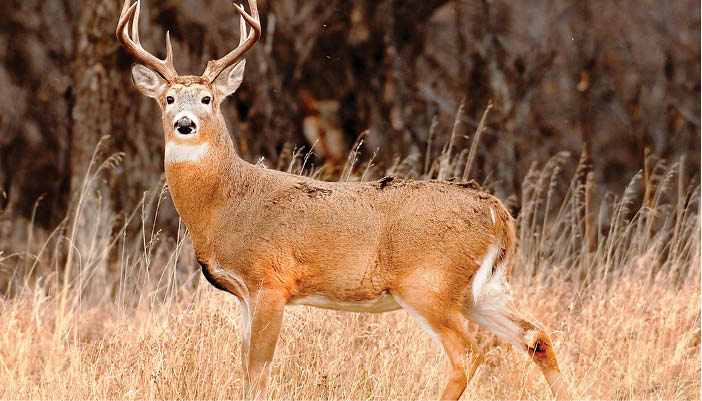Growing up in rural North Dakota, I don’t think my parents would argue that I likely ate as many grouse, duck, partridge and venison meals as pizza.
In LaMoure, where at the time “fast food” was rabbit or pronghorn, a frozen pizza or rare evening at the Big Cone was a treat.
So when I hear of big city delicacies of roast duck or sushi, my mind recreates the sight and smell of deep-fried bullhead eggs. Along the way, I’ve dined on an array of wild game preparations, from delicacies like lemon-pepper broiled walleye, to more obscure offerings such as sandhill crane stir-fry, and the tradition of fried deer heart, liver and onions.
When it comes to fish and game cooking, the beauty is in the eye – or the fork – of the beholder.
Similar to dining out, we each have our own preferences when it comes to wild game cuisine. It’s at this time of year, as the deer season gets underway, that the typical hunter who struggles to boil water, is magically (in their own mind, anyway) transformed into the Julia Child of venison preparation.
First off, you can’t make a fillet mignon out of ground chuck. If you don’t take care of the meat in the field, no amount of seasoning or any style of preparation will overcome the damage done. Take care of your kill from the field to the fork.
Beyond properly cleaning the meat, cooling it down quickly, keeping it cool and processing it efficiently are important. Along with that, proper packaging and storage will ensure the meat stays fresh longer.
Arm-chair deer processors will fry pounds of back straps as work their way through carcasses. When the work is done, the end result is an array of products, from breakfast sausage, deer roasts and burger, to venison brats, summer sausage and stew meat. In fact, I recall one year in college when a wrapped meat package was marked as venison bacon.
We never did fry it up as bacon, but it gives credence to the endless possibilities of fish and wild game cooking. Odds are, if you enjoy traditional food such as stir-fry, you’ll be able to modify the recipe to include the bounties of nature.
One final note. In addition to the limited dining out choices in LaMoure 30 years ago, we also didn’t have access to the information the modern age of technology provides. I’d venture to guess that for every cut of meat or species of fish or game, somebody has tried a unique way to prepare or cook it, and they probably have a recipe or even an instruction video online somewhere if you want to look for new ideas.
However, similar to other internet cautions, you may want to stop and think before you decide pickled grouse wings might be an option.
Leier is a biologist with the Game and Fish Department. He can be reached by email: dleier@nd.gov


